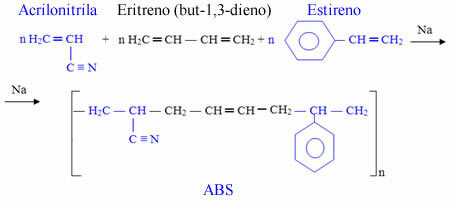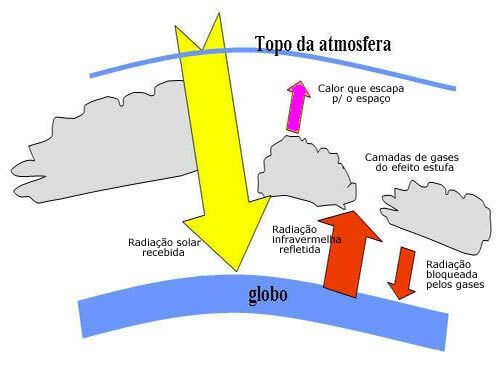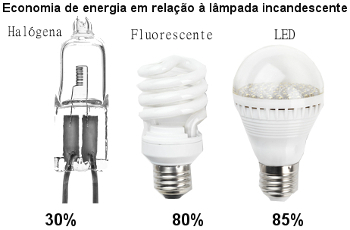Imagine walking between graves in a cemetery and coming across a mysterious fire! Your attempts to run and run will be invalid as the fire will continue to chase you. It looks like a horror movie, but know that it really can happen, the scientific explanation comes from the Phosphine substance.
Phosphine of PH formula3 consists of a colorless gas of high flammability, it comes from the decomposition of corpses (organic material). It turns out that this gas burns at room temperature and, if it is present on the surface of the tombs and the climate is relatively hot, a spontaneous explosion will occur. The product of the explosion is a bluish flame 2 to 3 meters high.
But why is there no use running from this fire? A person's predictable reaction to encountering willow fire is to get scared and run away. This action causes the air to move, giving the impression that the fire is chasing it.
The event became popular and was called willow fire. Many people report it and become suspicious liars, as there are those who do not believe in the phenomenon because they relate it to supernatural events (spirits, ghosts). But if you want to prove it, just overcome your fear and visit a cemetery at night.
But it is not only among corpses that willow fire is present, it also occurs on the surface of lakes and swamps, where organic matter from dead plants and animals decomposes releasing gas methane (CH4). It is dangerous for fires to occur in these places, as they are closed forests where willow fire can spread.
Do not stop now... There's more after the advertising ;)
By Líria Alves
Graduated in Chemistry
Brazil School Team
Chemistry Curiosities - Chemistry - Brazil School
Would you like to reference this text in a school or academic work? Look:
SOUZA, Líria Alves de. "Phosphine: its burning is a terror!"; Brazil School. Available in: https://brasilescola.uol.com.br/quimica/fosfina-sua-queima-um-terror.htm. Accessed on June 28, 2021.



